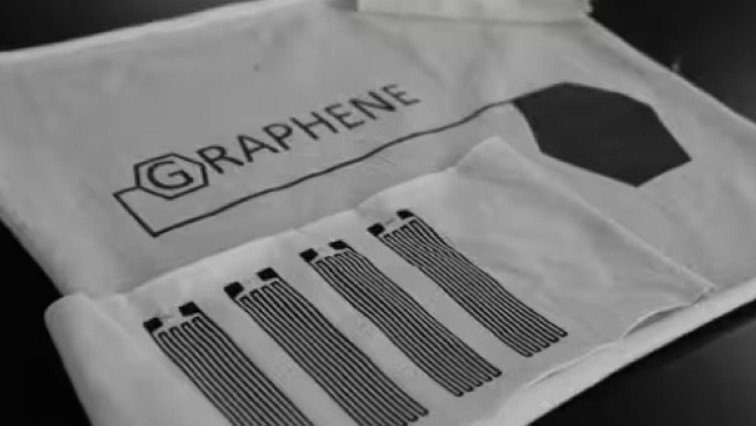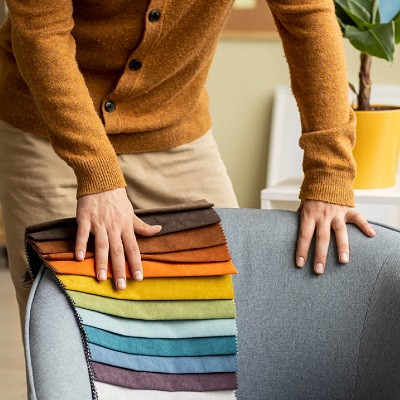To achieve this, the team used a textile planarization technique with a polyurethane adhesive, along with three different deposition methods: graphene droplet films (GDF), graphene immersion films (GIF), and graphene spray films (GSF).
The result was a flexible textile electrode that surpassed non-planarized devices in all three printing techniques, with a 4-fold improvement and a power density of 3.08 µW/cm². Moreover, by increasing the TENG contact area through the use of four parallel devices measuring 3 × 3 cm² each, the power output reached an effective power of 60 µW.
The flexible TENG is said to present a stable output performance under strong deformation and its sensitivity to movement was explored as wearable sensor to monitor biomechanical movements.
This work describes a versatile method for constructing flexible triboelectric textile fabrics using only industrial compatible printing textile processes, paving the way to the seamless integration of self-powered wearable sensing technology into textiles.
Read the original article on Graphene-Info.







